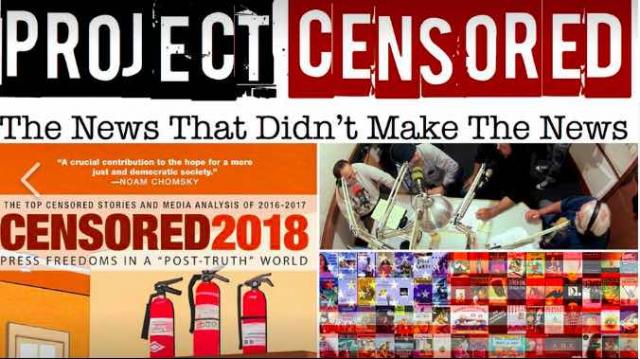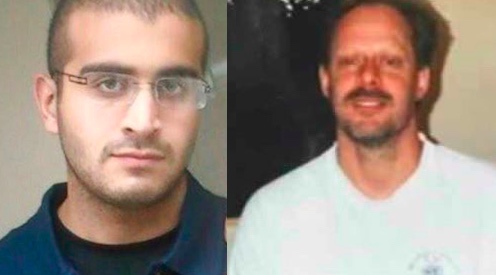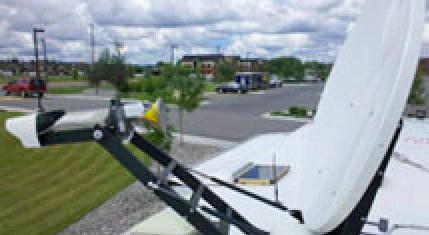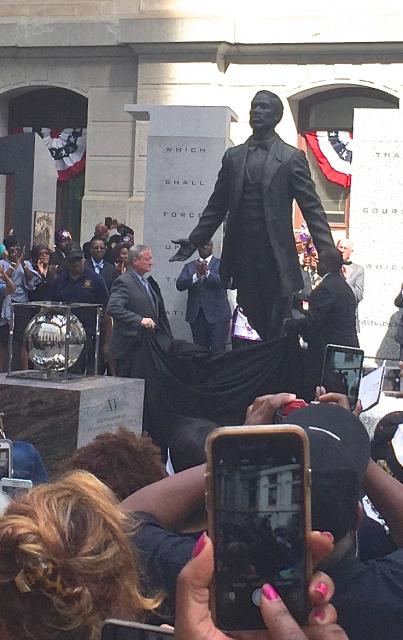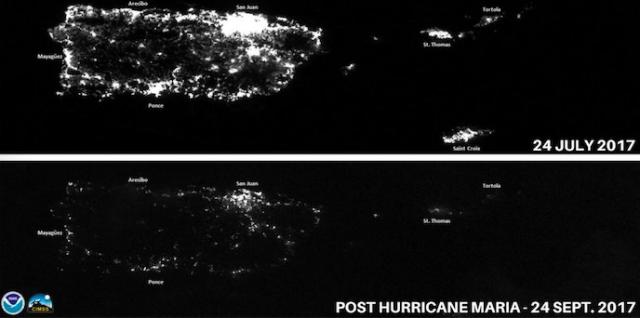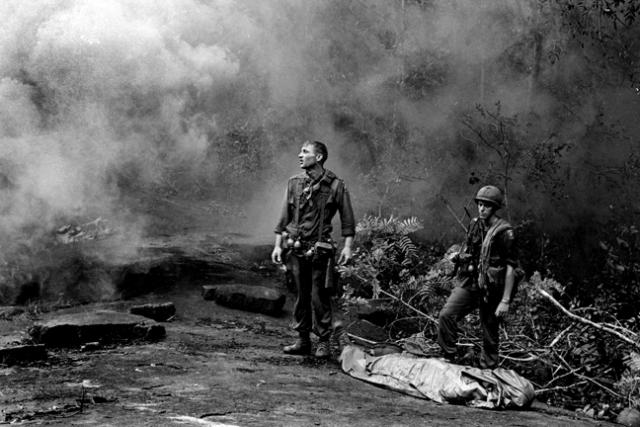On this day much of white America is honoring the genocidal killer Cristobal Colon who, as Ward Churchill has aptly said, “Got lost and was discovered by the native people on a Puerto Rican beach,” I find myself pondering the violent culture that his stumbling into the Americas ultimately led to: the establishment of my country, the world’s most violent nation, the so-called United States of America.
How are we to explain how a flood of immigrants, most fleeing from oppression of one kind or another in Europe and later Asia and South America and some dragged here in chains from Africa, ended up producing a nation so steeped in violence and the implements of destruction needed to produce that violence, that we as a people no longer even recoil at the horrors the US routinely commits, encourages, funds, ignores and covers up? How are we to explain the collective lack of will to put a stop to the domestic gun slaughter, by citizens and by police, that makes Americans 20 times more likely to die of gun violence than in any other country in the world (save for those that are currently at war)?
I was born in 1949, and for my entire life this country I live in has been embroiled in wars, mostly of its own making. It has devoted the bulk of its collective national wealth over those decades to creating — and using — ever more powerful weapons of mass death and destruction and since the end of World War II has, by a conservative estimate, been responsible directly or indirectly for the killing of at least 10 million people, the vast majority of them civilians, and most of the rest fighters from other countries who were simply defending or trying to liberate their own homelands — an action that most Americans would readily defend if the people they were fighting against weren’t wearing US uniforms.
Meanwhile, here at home we have this toxic culture that increasingly celebrates violence and considers owning a gun and being prepared to use it to settle disputes or to “defend” one’s family a national right equal to or perhaps greater than the gradually vanishing right to speak one’s mind and publish one’s thoughts, to freely assemble, and to petition the government about grievances.
 (Photo courtesy of the National Parks Service)
(Photo courtesy of the National Parks Service)
How we got to this sorry state, where there are more guns in America than there are people, and where every day, according to the FBI, there is at least one mass shooting (defined for American purposes as the killing in one gun incident of at least four people), is an interesting subject for discussion, but at this point I’m more interested in how we move beyond discussion to making us a more peaceful people.
I’m convinced that the problem is that we in the US are all so divorced these days from reality — living as we do in a state of increasing social atomization and in a world of illusion produced by films, television programs and digital media that all work to detach us from the real blood and gore and agony that are the consequence of our own collective violence.
When Hollywood shows our vaunted Special Forces “heroes” blowing up and slaughtering a bunch of terrorists and rescuing some hostage, committing war crimes with abandon, we don’t see the agonized death of the “collateral damage” victims of the assault — the children in an invaded building who are frequently blown away along with the “bad guys,” or the agonized deaths of those “bad guys” themselves. We don’t learn the complex reasons those “bad guys” have put their lives on the line in the first place — many of which if we stopped to listen to them, we might understand and even agree with. We see it all instead in black and white, and don’t have to deal with the consequences of our being wrong. We also watch cop films where the good guys are cops who break the rules in order to wreak their own “justice” on the “bad guys,” in a made-up world where cops are just trying to protect us, and would never make mistakes, at least on purpose.

